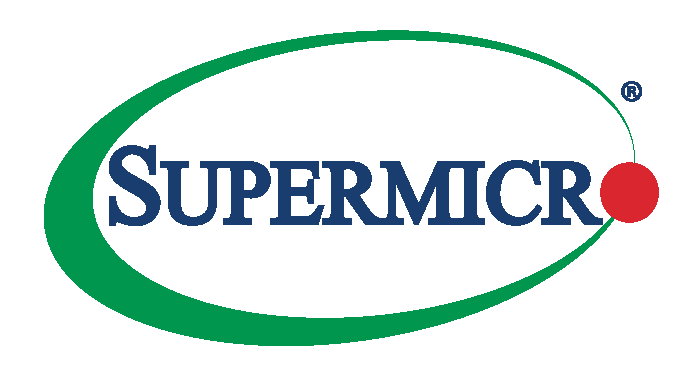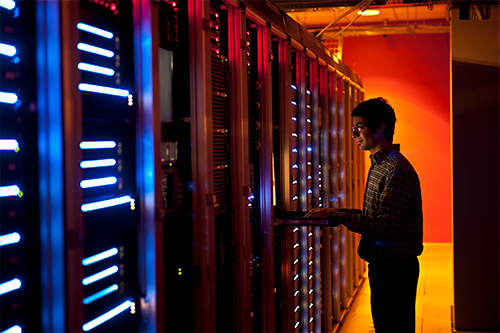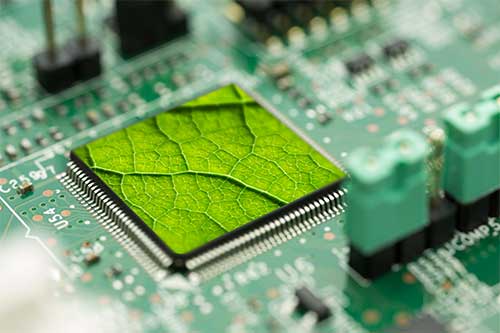Wondering how to satisfy customers who need big—really big—compute and storage? Take a tip from Ahrefs Ltd.
This company, based in Singapore, is a 10-year-old provider of search engine optimization (SEO) tools.
Ahrefs has a web crawler that processes up to 8 billion pages a day. That makes Ahrefs one of the world’s biggest web crawlers, up there with Google and Bing, according to internet hub Cloudflare Radar.
What’s more, Ahrefs’ business has been booming. The company now has tens of thousands of users.
That’s good news. But it also meant that to serve these customers, Ahrefs needed more compute power and storage capacity. And not just a little more. A lot.
Ahrefs also realized that its current generation of servers and CPUs couldn’t meet this rising demand. Instead, the company needed something new and more powerful.
Gearing up
For Ahrefs, that something new is its recent order of more than 600 Supermicro servers. Each system is equipped with dual 4th generation AMD EPYC 9004 Series processor, a whopping 1.5 TB of DDR5 memory, and a massive 120+ TB of storage.
More specifically, Ahrefs selected Supermicro’s AS-2125HS-TNR servers. They’re powered by dual AMD EPYC 9554 processors, each with 64 cores and 128 threads, running at a base clock speed of 3.1 GHz and an all-core boost speed of 3.75 GHz.
For Ahrefs’ configuration, each Supermicro server also contains eight NVMe 15.3 TB SSD storage devices, for a storage total of 122 TB. Also, each server communicates with the Ahrefs data network via two 100 Gbps ports.
Did it work?
Yes. Ahrefs’ response times got faster, even as its volume increased. The company can now offer more services to more customers. And that means more revenue.
Ahrefs’ founder and CEO, Dimitry Gerasimenko, puts it this way: “Supermicro’s AMD-based servers were an ideal fit for our business.”
How about you? Have customers who need really big compute and storage? Tell them about Ahrefs, and point them to these resources:
- Read the full customer story: Ahrefs selects Supermicro AMD servers to expand offerings and deliver more optimized results
- Check out Supermicro’s AS-2125HS-TNR server
- Explore the AMD EPYC 9004 Series server processors












